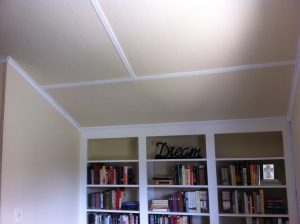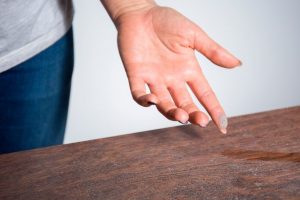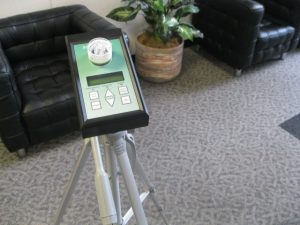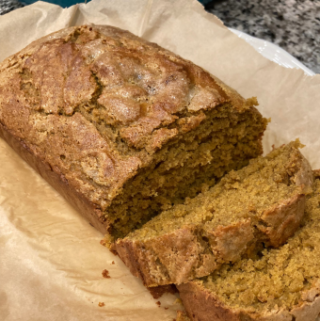
Mold testing is an important tool that helps us to understand the potential toxicity of a building, be it home or office. In my family’s case, the home that made me very ill looked fine to the naked eye. There was no visual mold, though the house was 96 years old with a known history of water damage. But mold testing at home revealed a hidden problem.
We suspected mold for more than a year before we finally had it tested. (You can read about our journey here.) Because we did not own the home, we were unsure of what testing might entail. For instance, we imagined walls opened up and things torn apart. This would not fly on the merits of a hunch. Once we had solid evidence pointing to mold, I did some serious research and learned about the ERMI (Environmental Relative Moldiness Index) test.
ERMI TESTING

An ERMI (Environmental Relative Moldiness Index) test is very simple to run, and relatively inexpensive in the scheme of things. You can run an ERMI through Envirobiomics or Mycometrics. In either case, you purchase the test online. The company then sends you a sterile swiffer. You use their instructions to collect dust samples from your home or office. In theory, you are looking for long standing dust that would represent a history of your building over time. They suggest collecting from door jams, above the refrigerator, and other tucked away corners. Once you return the swiffer by mail, it is DNA tested to identify mold spores within the dust. They will generate a report of 36 common molds, identifying which are present within the building. They also note the quantity of spores via spore counts.
Now an ERMI alone does not tell the whole story. An ERMI can tell you the general toxicity of a home, but it does not identify where the mold might be located. If you discover that there is indeed a problem, it would be wise to bring in professional mold remediators. Their go-to test is generally air sampling, which may complement the information provided by an ERMI.
EMMA TESTING
An EMMA (Environmental Mold and Mycotoxin Assessment) test is similar to an ERMI in that it will DNA test a dust sample to look for mold spores. It presents a different report, however. It will generate a report of 10 common molds and 16 of the most poisonous mycotoxins, and then convey their abundance in the sample provided. The EMMA also differs by collection method. Rather than collecting dust from around the home, you can cut up a heater or air conditioner filter to be tested. This can be a helpful tool when trying to understand the health of your air circulation system in a home or building. You can self order an EMMA test here.
AIR TESTING

To obtain an air sample, your remediation company will use a machine that sucks up air and then deposits said air against a tape within the machine. This tape is then examined under a microscope to identify spores. In general, indoor air samples will be compared to outdoor samples. Indoor mold is only considered a problem if it is present in greater quantities than the outdoor sample. The issue here is that these machines only collect air from an area about the size of a golf ball. On top of that, the most toxic molds are considered “heavy,” meaning they do not stay air-born for very long. I would not recommend air sampling without a supplemental ERMI.
FINAL THOUGHTS
It is possible to buy inexpensive mold testing kits from the local hardware store. They generally involve a petri dish for growth. I do not recommend these, as I have learned they are highly suspect to user error. All of them will grow mold, as there is mold present everywhere, even in the air of “clean” buildings. One can not rely on these tests to accurately diagnose the health of a building. But mold testing at home is important. There are better tests from which to choose.
Much of my knowledge was helped along by the professional independent microbial consultant we paid to consult on our situation. If this is the first stop on your research journey, I hope that I’ve provided a foundation for your beginning. As a next step, please consider this podcast that helped me immensely:
Revolution Health Radio – How to Test Your Home for Mold
Also, if you’re local to Northwest Arkansas, I recommend the following mold inspection companies:





